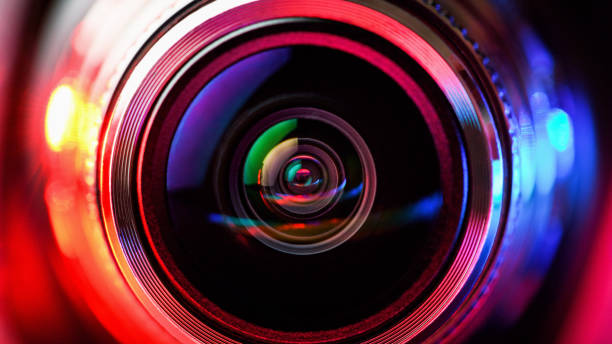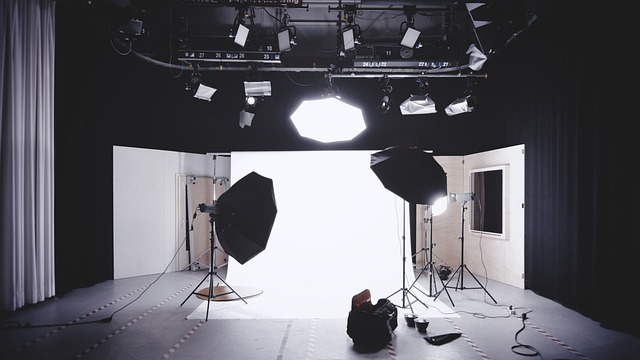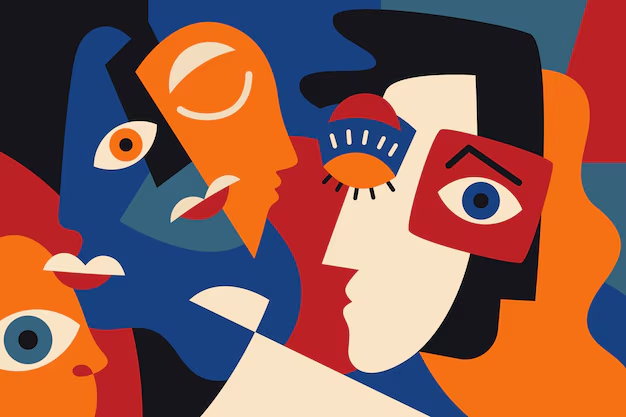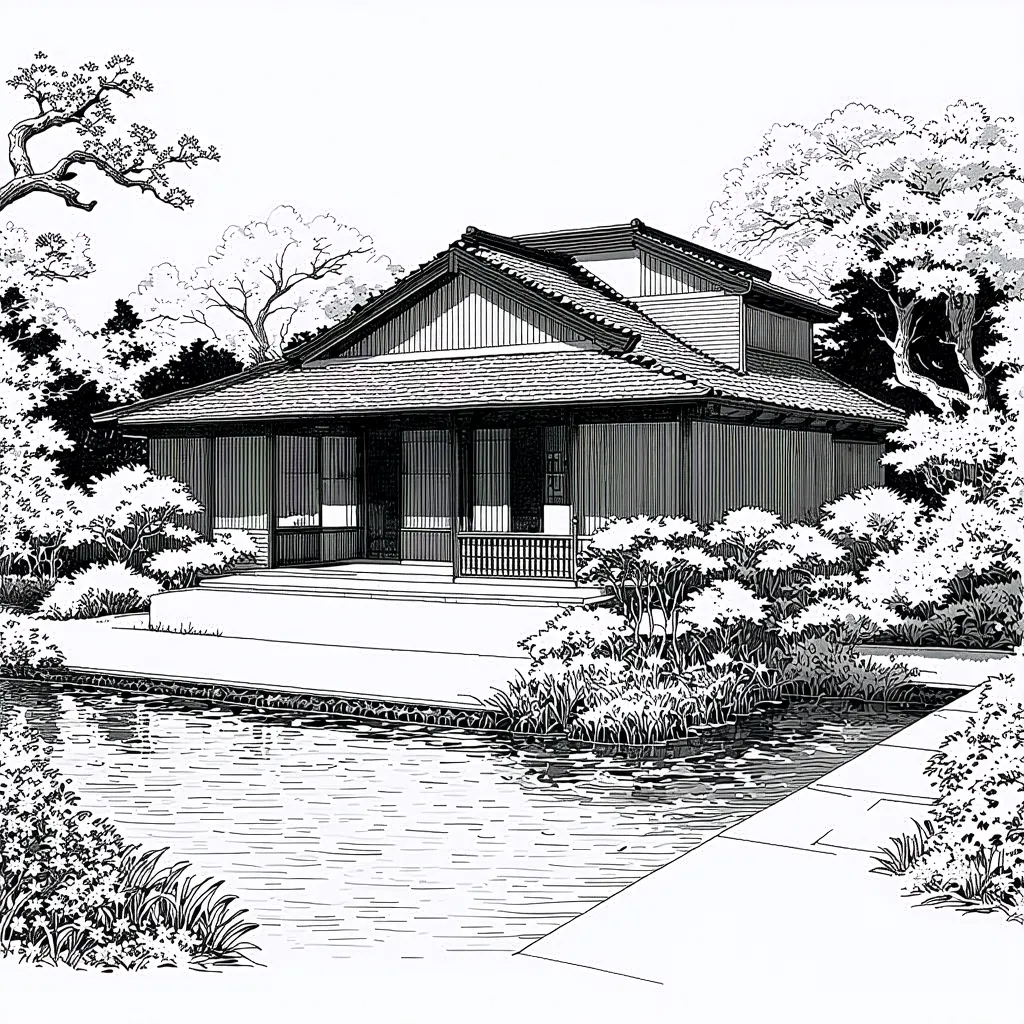Navigating the world of AI image generation can be overwhelming, especially with the multitude of platforms available today. Whether you’re using Stable Diffusion, MidJourney, DALL-E, or the innovative imaginate.pro, mastering the right Prompt Parameters is essential for producing high-quality images that align with your creative vision.
This guide breaks down the essential Prompt Parameters that can be applied across these popular AI image generators, helping you create everything from realistic portraits to abstract art. Whether you’re an experienced digital artist or just starting, understanding these Prompt Parameters will unlock the full potential of these powerful tools.

Camera Prompt Parameters
- 50mm, f2.8: Ideal for a classic portrait with a shallow depth of field, focusing on the subject while blurring the background.
- 85mm, f1.8: Perfect for flattering compression of facial features, with a beautifully blurred background.
- 35mm, f1.4: Great for candid and natural portraits, offering a wider field of view.
- 105mm, f2.8: Provides a sharp and detailed headshot with shallow depth of field, isolating the subject.
- 24mm, f1.8: Useful for dynamic and creative portraits, offering a wide aperture and low focal length.
- 135mm, f2.8: Best for dramatic, isolated portraits with a long focal length and shallow depth of field.
- 50mm, f8: Traditional and sharp portraits with deep depth of field, keeping more of the image in focus.
- 70mm, f2: Offers a balanced perspective, slightly compressing features while keeping the subject sharp.
- 200mm, f2.8: Excellent for capturing distant subjects with a compressed perspective and shallow depth of field.
- 18mm, f3.5: Wide-angle lens for environmental portraits, capturing the subject along with the surrounding scenery.

Lighting Prompt Parameters
- Soft Lighting: Creates a gentle, diffused effect, reducing harsh shadows and adding a warm glow.
- Harsh Lighting: Adds strong contrast and drama, often used for bold, impactful images.
- Backlighting: Places the light source behind the subject, creating silhouettes or glowing edges.
- Side Lighting: Illuminates one side of the subject, emphasizing texture and adding depth.
- Golden Hour Lighting: Utilizes the natural light just after sunrise or before sunset, adding a warm, soft glow.
- Low Key Lighting: Focuses on dark tones, using minimal lighting to create a moody, dramatic effect.
- High Key Lighting: Bright and evenly lit, often used in cheerful and airy images.
- Rembrandt Lighting: Characterized by a small triangle of light on the cheek, creating a classic, dramatic portrait.
- Butterfly Lighting: Light positioned above and in front of the subject, creating a butterfly-shaped shadow under the nose, ideal for glamorous portraits.
- Cinematic Lighting: Combines multiple light sources to create a film-like, dynamic look with strong contrast.
Composition Prompt Parameters
- Rule of Thirds: Positions the subject off-center, aligning with the grid lines, to create a balanced composition.
- Leading Lines: Uses lines in the image to guide the viewer’s eye towards the main subject.
- Symmetry: Focuses on balanced, mirrored elements within the frame, often used for formal and powerful images.
- Negative Space: Leaves large areas of the image empty, drawing attention to the subject and creating a minimalist effect.
- Framing: Uses natural elements like windows or arches to frame the subject, adding depth and focus.
- Depth of Field: Controls how much of the image is in sharp focus, with shallow depth isolating the subject and deep depth including more of the scene.
- Center Composition: Places the subject directly in the center of the frame, often creating a sense of stability and focus.
- Diagonal Composition: Uses diagonal lines or elements within the image to create a dynamic, energetic composition.
- Foreground Framing: Incorporates elements in the foreground to frame the subject, adding depth and interest to the image.
- Golden Ratio: Aligns the composition according to the golden ratio, creating aesthetically pleasing and balanced images.


Style Prompt Parameters
- Surreal: Incorporates dreamlike elements, such as floating objects or distorted perspectives, creating an otherworldly feel.
- Impressionistic: Focuses on soft, blurred brushstrokes and pastel colors, evoking a sense of light and atmosphere.
- Abstract: Emphasizes shapes, colors, and forms rather than realistic depictions, often conveying emotion or concepts.
- Pop Art: Uses bold colors, graphic shapes, and often references popular culture or commercial art.
- Minimalist: Strips down the elements to their simplest forms, focusing on clean lines and open space.
- Gothic: Dark, intricate, and often dramatic, with a focus on medieval or supernatural themes.
- Cyberpunk: High-tech, dystopian style with neon lights, futuristic cityscapes, and a gritty, urban feel.
- Retro: Evokes the aesthetic of a specific past era, using color schemes, patterns, and design elements from that time.
- Vintage: Creates an aged or nostalgic look, often using sepia tones, grainy textures, and classic compositions.
- Fantasy: Rich in imagination, with elements of magic, mythical creatures, and fantastical landscapes.
- Realism: Strives for true-to-life depictions, focusing on accurate details, proportions, and textures.
- Watercolor: Mimics the fluid and translucent quality of watercolor paintings, often with soft edges and subtle color blending.
- Pixel Art: Emulates the blocky, pixelated style of early video games, often with a retro, 8-bit aesthetic.
- Steampunk: Combines Victorian-era design with steam-powered machinery, creating a unique blend of historical and futuristic elements.
Explore 25+ AI Prompt Examples to Enhance Your Image Generation
1 thought on “Prompt Parameters for All Image Generators: 4 Essential Prompt Parameters You Need to Know”